Write Your Book Quickly and Easily and WOW your Readers!
Write Your Book Quickly and Easily
and WOW your Readers!
Would you like to reach more people with your message?
A book can help you do that.
You can teach, inspire and encourage people through your services—but you have limited time. With a book, your message can help others at any time or place, even when you’re not there.
So what’s stopping you?
Maybe you’ve been thinking about writing a book for many years and have even collected some of your ideas into a notebook. Or you’ve taken a stab at writing a few sections of the book. Perhaps you’ve even launched a blog on your topic. I often hear from people at this point in the process. They say things like,
- “I’ve got lots of material on the blog but I don’t know how to organize it into a book.”
- “I have too many ideas. How do I choose which ones to include?”
- “I’m not sure I know how to do this. It seems so big.”
I’ve written more than ten books, and I’ve said the very same things. Because, all books feel big and challenging and ridiculously hard to write at first.
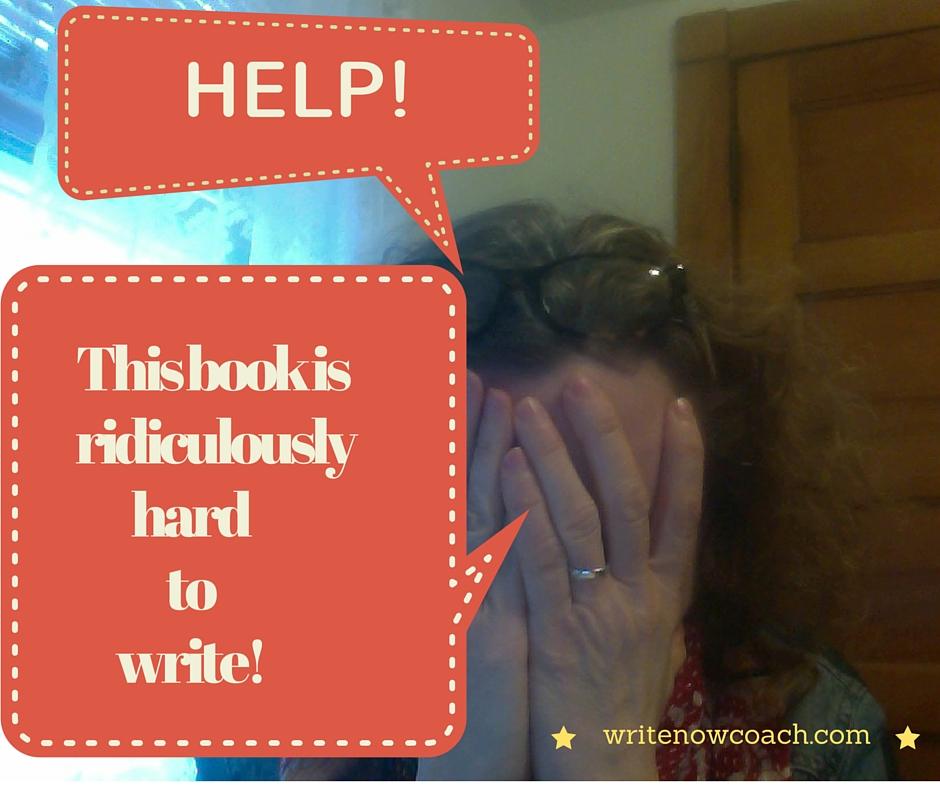
In my experience, the one thing that really helps make the whole process seem easier is this: finding a book format that works.
“Really?” You might ask. “A book format can make writing easier?”
Yup. That’s it. Because once you have a book format, you know what tiny pieces you need to create to make your book complete. And once you know those pieces, you have a sort of road map. And once you have a road map, then the journey is not so hard at all.
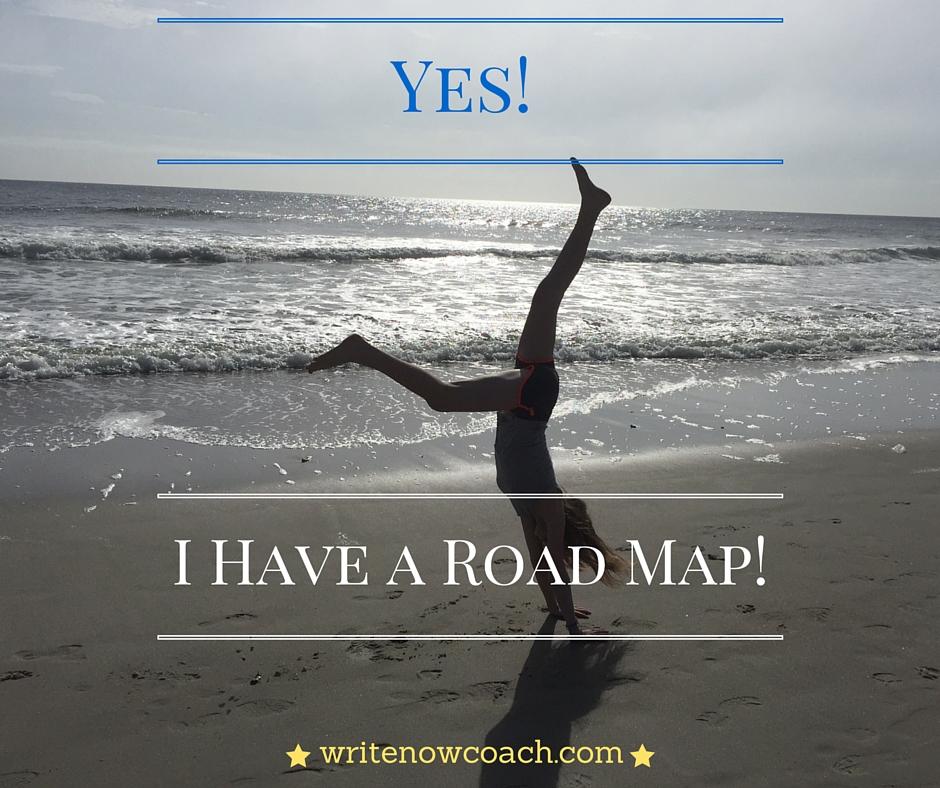
So let’s start there—with the format.
Over the years, I’ve discovered books that made me exclaim,
- “Why didn’t I think of that?”
- “I wish I’d written that!”
- “I could have done this!”
As I’ve collected these books, I’ve noticed that their formats are both easy to write AND valuable for the reader.
The Five Best Formats for Writing Quickly and Offering Exceptional Value
Read on to learn the five best formats to use if you want to write a valuable book quickly and easily. For each format, you’ll find a simple definition, examples, and questions to get you started. Here we go!
The List Book
What it is:
The list book is a simple list of items that go together: books to read, places to travel to, or quotes to inspire. Over the years, authors have collected different kinds of tiny pieces like toasts, tools, prayers, sayings, and mistakes together in books to help, delight, or disgust their readers. Some of these books are straight lists (like Barbara Ann Kipfer’s 14,000 Things to be Happy About—more on that book in a moment) while others include short descriptions or add photographs. Other list books are even shorter and record ideas that go together. Kim McMillen created a book of her own life lessons, When I Loved Myself Enough. Each page records some small lesson she learned in her life such as, “When I loved myself enough, I quit answering the telephone when I don’t want to talk.”
Popular examples:
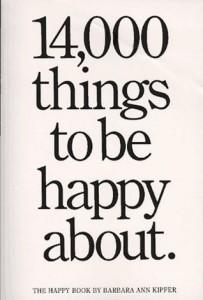 When she was in sixth grade, Barbara Ann Kipfer began keeping a list of things that made her happy. Eventually, that list became the bestselling book, 14,000 Things to Be Happy About. No doubt Kipfer’s book inspired Lia Romeo and Nick Romeo’s book 11,002 Things to be Miserable About: The Satirical Not-So-Happy Book. Kipfer, the master of list books, has also penned 8789 Words of Wisdom, 1,001 Ways to Live in the Moment, and 4000 Questions for Getting to Know Anyone and Everyone. Other examples include Amy Gash’s What the Doormouse Said: Lessons for Grown-Ups From Children’s Books, a collection of quotes from children’s books; Barbara Bartocci’s collection of prayers in her book series Grace on the Go; and the photograph book Cake Wrecks: When Professional Cakes go Seriously Wrong.
When she was in sixth grade, Barbara Ann Kipfer began keeping a list of things that made her happy. Eventually, that list became the bestselling book, 14,000 Things to Be Happy About. No doubt Kipfer’s book inspired Lia Romeo and Nick Romeo’s book 11,002 Things to be Miserable About: The Satirical Not-So-Happy Book. Kipfer, the master of list books, has also penned 8789 Words of Wisdom, 1,001 Ways to Live in the Moment, and 4000 Questions for Getting to Know Anyone and Everyone. Other examples include Amy Gash’s What the Doormouse Said: Lessons for Grown-Ups From Children’s Books, a collection of quotes from children’s books; Barbara Bartocci’s collection of prayers in her book series Grace on the Go; and the photograph book Cake Wrecks: When Professional Cakes go Seriously Wrong.
Tiny pieces:
It’s a list book, so the chunks are super small—just the items you can put on the list. You might list sayings, questions, answers, practices, exercises, books, people, links, tasks, riddles, jokes, places to visit, photos, and more!
Your turn:
When you look at your work, what kinds of lists do you already make to support your client? Maybe you’ve created a list of actions to take before starting a business or ways to take care of yourself. Or consider what kinds of lists you’d love to create for your clients. Could you turn any of these into a book?
The Rule Book
What it is:
The Rule Book is essentially a list or collection book that consists of rules. Most of these include short explanations or essays to help illustrate the author’s point.
Popular examples:
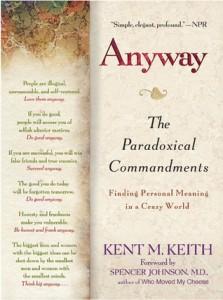 When Kent M. Keith was a sophomore at Harvard in the 1960s, he developed a list of ideas for doing good in a difficult world. Over the years, this list showed up in graduation speeches, classroom handouts, and was even spotted at Mother Teresa’s children’s home in Calcutta. This list became the book, Anyway: The Paradoxical Commandments: Finding Personal Meaning in a Crazy World. In the book, Keith shares his list of commandment along with a short essay explaining each commandment. Other examples of this type of list book include Stuart R. Levine’s Cut to the Chase and 99 Other Rules to Liberate Yourself and Gain Back the Gift of Time and Cherie Carter-Scott’s If Life is a Game, These are the Rules: Ten Rules for Being Human.
When Kent M. Keith was a sophomore at Harvard in the 1960s, he developed a list of ideas for doing good in a difficult world. Over the years, this list showed up in graduation speeches, classroom handouts, and was even spotted at Mother Teresa’s children’s home in Calcutta. This list became the book, Anyway: The Paradoxical Commandments: Finding Personal Meaning in a Crazy World. In the book, Keith shares his list of commandment along with a short essay explaining each commandment. Other examples of this type of list book include Stuart R. Levine’s Cut to the Chase and 99 Other Rules to Liberate Yourself and Gain Back the Gift of Time and Cherie Carter-Scott’s If Life is a Game, These are the Rules: Ten Rules for Being Human.
Tiny pieces:
Much like the list book, rule books are made up of rules, tools, or commandments–and perhaps a wee bit of explanation. Simple, right? Think about the kind of document you see in a classroom (Rules for a Successful Year) or the booklet you get when you study for the driver’s test. Easy, right?
Your turn:
When you see clients struggling, do you wish you could give them rules or tools to help them succeed? Why not collect these ideas into a book—and sell it (or give it away)! Consider the rules and practices that you repeatedly refer to in your work—and create a book out of them.
The Essay Book
What it is:
When you hear “essay book,” do you think about those stuffy collections of literary essays that everyone refers to, but no one really reads? That’s not what I’m talking about. The essay books that are fast and easy to write—and very popular for readers—collect short writings (tiny pieces) around a subject or theme. Often these books start as blogs, become popular and get transformed into a book.
Popular examples:
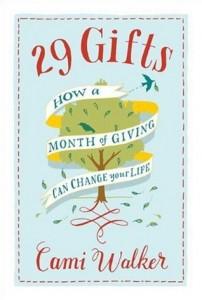 Cami Walker’s book 29 Gifts: How a Month of Giving Can Change Your Life began as a blog. Cami, who has multiple sclerosis, tried the spiritual practice of giving a gift every day for 29 days. Both the blog and the book include stories from readers who have also been changed by the 29 Gifts project. In River Jordan’s book Praying For Strangers: An Adventure of the Human Spirit, Jordan writes about her daring New Year’s resolution: to pray for a different stranger every day for a year. At the beginning, she had no intent to write a book. In Praying for Strangers, Jordan recounts what happened when she started living out her resolution. Some of the stories give the reader a vivid glimpse into the lives of the people Jordan prayed for. Others share the challenging events in her life or tackle a topic like “the shape of prayer.” On the shorter side, Richard Carlson wrote several books of short essays such as his bestselling, Don’t Sweat the Small Stuff and It’s All Small Stuff: Simple Ways to Keep the Little Things from Taking Over Your Life (36,509 words).
Cami Walker’s book 29 Gifts: How a Month of Giving Can Change Your Life began as a blog. Cami, who has multiple sclerosis, tried the spiritual practice of giving a gift every day for 29 days. Both the blog and the book include stories from readers who have also been changed by the 29 Gifts project. In River Jordan’s book Praying For Strangers: An Adventure of the Human Spirit, Jordan writes about her daring New Year’s resolution: to pray for a different stranger every day for a year. At the beginning, she had no intent to write a book. In Praying for Strangers, Jordan recounts what happened when she started living out her resolution. Some of the stories give the reader a vivid glimpse into the lives of the people Jordan prayed for. Others share the challenging events in her life or tackle a topic like “the shape of prayer.” On the shorter side, Richard Carlson wrote several books of short essays such as his bestselling, Don’t Sweat the Small Stuff and It’s All Small Stuff: Simple Ways to Keep the Little Things from Taking Over Your Life (36,509 words).
Tiny pieces:
If you’ve written a blog post or a newsletter article, you already know the size of the chunk I’m talking about–300-1000 words at the most! When you put a bunch of those tiny pieces together, you have a book!
Your turn:
Review what you’ve already written—your blog posts, newsletters, or a home study course. Does a theme emerge that would connect with your readers’ needs? Are there other themes that would work better as an essay book?
The Big Idea Book
What it is:
The Big Idea book presents a single important idea in a compelling way. While the book may include action steps, it is not a how-to book. The tiny pieces of the book—chapters, paragraphs, exercises, call outs, and sidebars— support or prove the main idea.
Popular examples:
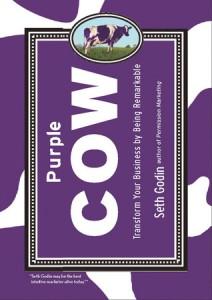 In Purple Cow: Transform Your Business By Being Remarkable, Seth Godin presents the idea that in order to succeed in business (or publishing) you need to be remarkable, something that people will notice like a purple cow in the midst of hundreds of brown cows. The book is a collection of essays, case studies, and action steps that help the reader understand what a purple cow might look like in business and how to become one. Other popular examples include The Power of Habit by Charles Duhigg and Made to Stick by Chip Heath and Dan Heath.
In Purple Cow: Transform Your Business By Being Remarkable, Seth Godin presents the idea that in order to succeed in business (or publishing) you need to be remarkable, something that people will notice like a purple cow in the midst of hundreds of brown cows. The book is a collection of essays, case studies, and action steps that help the reader understand what a purple cow might look like in business and how to become one. Other popular examples include The Power of Habit by Charles Duhigg and Made to Stick by Chip Heath and Dan Heath.
Tiny pieces:
Much like The Essay Book, the Big Idea Book communicates the big idea in short bites of digestible information.
Your turn:
Do you have a big idea that has transformed the way you approach your business or life? Do you have evidence that your idea works? Why not turn that idea into a book that shows the reader how to use your idea to make a mindset shift in their work or life?
The Parable Book
What it is:
The parable book includes a very short story that teaches principles related to business or life. The idea embedded in the story solves a problem that readers have in an innovative and inspiring way.
Popular examples:
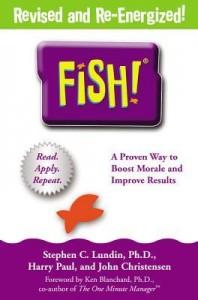 Arguably the most popular parable book is The One-Minute Manager, published by Kenneth H. Blanchard in 1981. This simple parable encourages three best practices for successfully managing others: one-minute goals, praisings, and reprimands. Other popular books in this category include, Who Moved My Cheese by Spencer Johnson, The Five Dysfunctions of a Team by Patrick Lencioni, and Fish! A Remarkable Way to Boost Morale and Improve Results by Stephen C. Lundin.
Arguably the most popular parable book is The One-Minute Manager, published by Kenneth H. Blanchard in 1981. This simple parable encourages three best practices for successfully managing others: one-minute goals, praisings, and reprimands. Other popular books in this category include, Who Moved My Cheese by Spencer Johnson, The Five Dysfunctions of a Team by Patrick Lencioni, and Fish! A Remarkable Way to Boost Morale and Improve Results by Stephen C. Lundin.
Tiny pieces:
You’ll start this by coming up with 3-5 practices that you want to communicate to the reader. Then you’ll create a story to help you share those practices. Try to write the story a scene at a time. Not too hard, right?
Your turn:
Consider what parables you regularly use to help clients face challenges and thrive. Do you have a list of best practices you think every one of your clients should know and follow? Could you tell a story of a struggling individual overcoming their obstacles by using these tools?
There you have it—
five formats that you can use to quickly and easily write your book. Each of these book formats has the potential to provide an enormous amount of value for your readers. But which one is right for you and your topic?

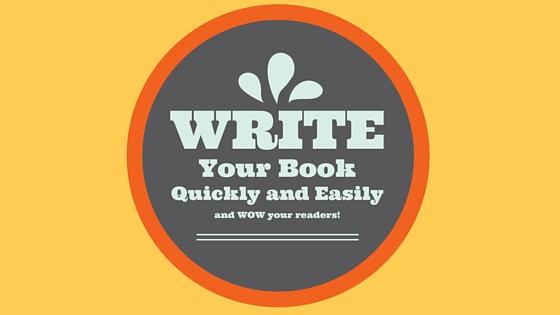



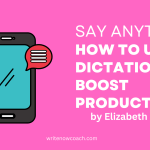
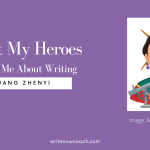









Thanks Rochelle, so helpful!